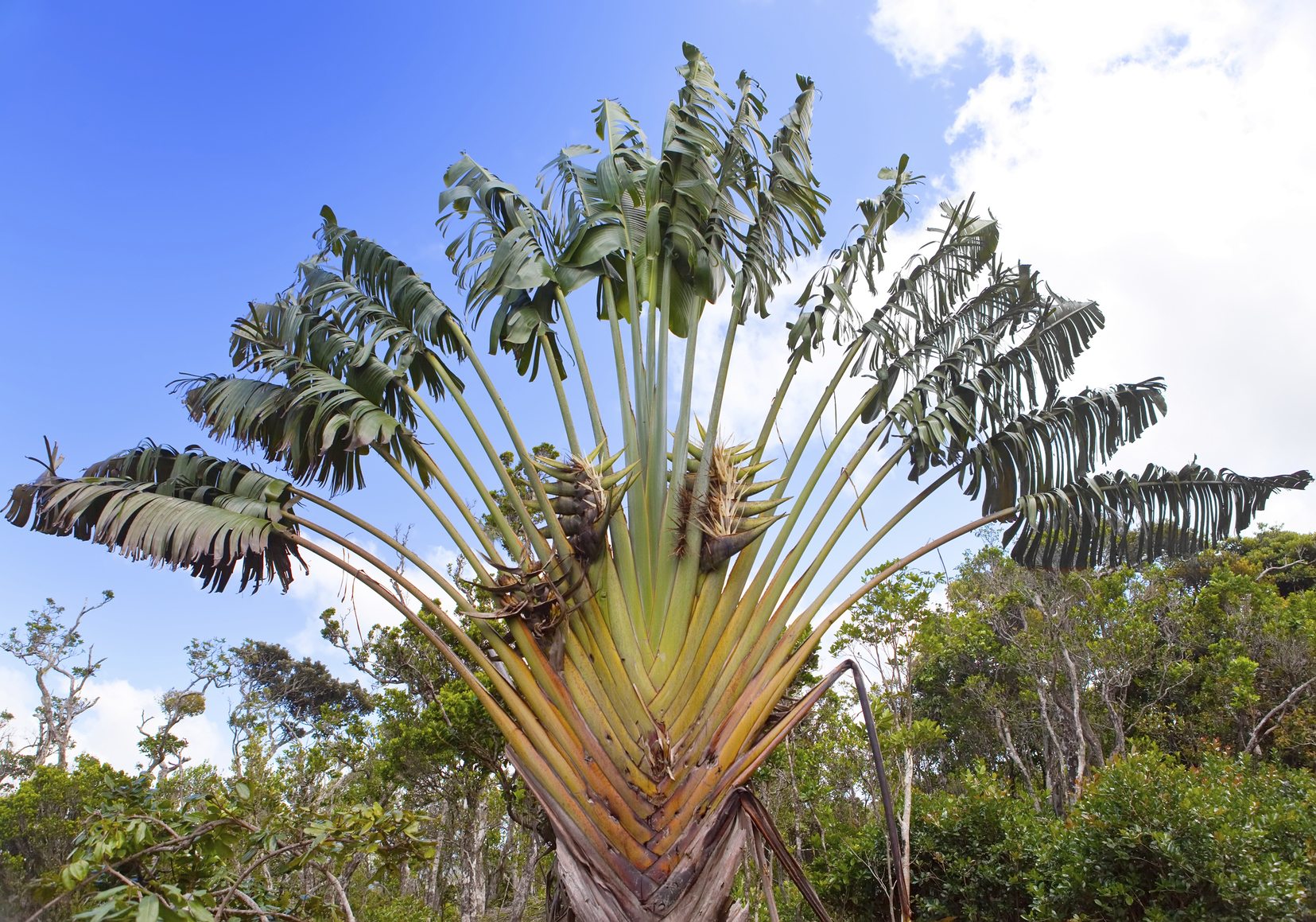Caring For Travelers Palms – How To Grow A Travelers Palm


Although travelers palm (Ravenala madagascariensis) displays big, fan-like leaves, the name is actually a bit of a misnomer, as travelers palm plants are actually more closely related to banana trees. This exotic plant produces small, creamy white flowers, which often appear year-round. Want to learn about growing travelers palm in your garden? Find out below.
Travelers Palm Hardiness
Travelers palm is definitely a tropical plant, suitable for growing in the warm climates of USDA plant hardiness zones 10 and 11. Travelers palm plants may survive in zone 9, but only if they are well protected in the event of occasional frost.
How to Grow a Travelers Palm
Travelers palm plants tolerate sandy and clay-based soils but prefer moist, rich soil. Although the plant is relatively disease resistant, a well-drained planting site produces the healthiest growth. Provide shade for the base of the plants after planting. Once established, a sunny spot is best, but the travelers palm does fine with a little light shade. Provide shelter from strong winds, which may tear and tatter the huge leaves. This is a good-sized plant that reaches heights of 30 to 50 feet (9-15 m.) and sometimes even more, so provide plenty of space for travelers palm. Allow a minimum of 8 to 10 feet (2-3 m.) from a house or other structure, and 12 feet (4 m.) is even better. If you’re planting more than one, space them at least 8 to 10 feet (2-3 m.) apart to prevent crowding.
Caring for Travelers Palms
Water as needed to keep the soil evenly moist, but never soggy or waterlogged. Feed travelers palm plants once in spring, summer, and autumn, using a fertilizer formulated for tropical plants or palms. A good, all-purpose fertilizer is also acceptable. Prune outer leaf branches as needed, and deadhead wilted blooms if you don’t want the plant to self-seed.
Sign up for the Gardening Know How newsletter today and receive a free copy of our e-book "How to Grow Delicious Tomatoes".

A Credentialed Garden Writer, Mary H. Dyer was with Gardening Know How in the very beginning, publishing articles as early as 2007.